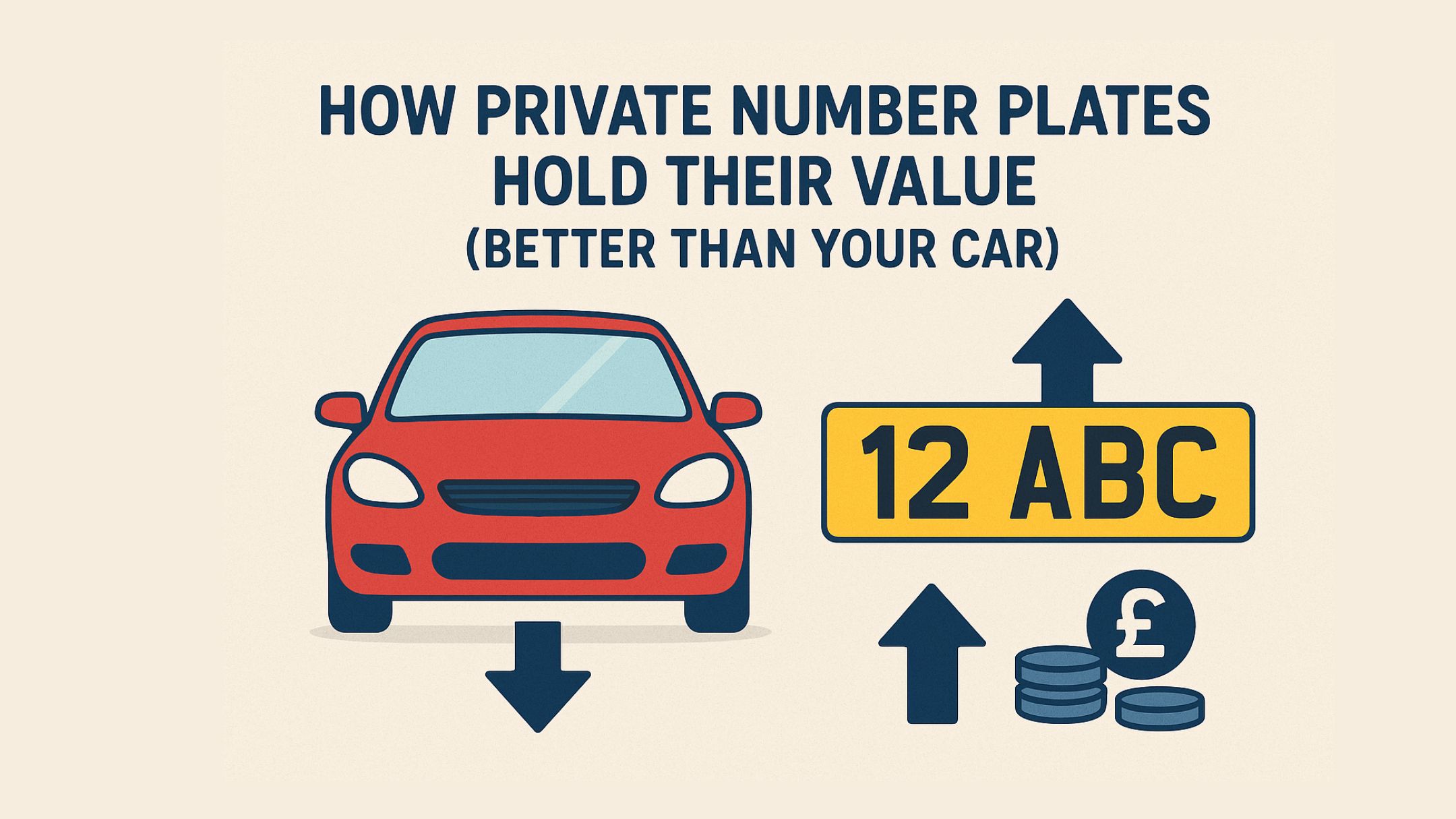A dog shock collar is any group of training collars that send electrical stimulation of different durations and intensities to dog necks. They can equally be attached to other parts of the dog’s body to achieve various effects of training. Dog shock collars can also be called radius shock collars, electronic collars, or e-collars.
They are attached to a dog’s body through a radio-controlled electronic device incorporated into its collar. Some models of collars also include a vibrational or tone setting. This can be in conjunction with the shock or an alternative to it.
Some others include a connection with GPS and internet mapping capabilities. This helps to alert the dog’s owner of their whereabouts or simply help locate the dog.
Types of Devices
1. Bark Control Collars
This type of collar is used to curb nuisance or excessive barking. This happens by sending a shock at the moment the dog starts to bark. This type of collar is mostly activated by vibration or microphone. Some advanced ones use both vibration and sound to erase the possibility of noises activating a response.
2. Pet Containment Systems
The most popular use of a dog shock collar is pet containment systems. They are used to keep the dog on its residence premises without having to construct physical barriers. This use of a dog shock collar is widespread in places where homeowners’ associations or local laws are against the erection of physical fences.
Many pet containment systems work by the installation of a wire around the yard perimeter. As opposed to an electric fence, this wire does not carry current. All it does is form a closed loop with a circuit box. This box sends a radio signal to the collar (receiver) on the dog. As the dog gets close to the perimeter, the collar is activated.
3. Remote Trainers or Training Collars
A handheld device activates the Remote Trainer Collar. The high-quality version of this collar comes with various functions and levels, giving higher-quality stimulation and multiple stimuli. They also come with a vibration or beep option used to get the dog’s attention.
They can be used together with the utilization of other methods of operant conditioning and/or positive reinforcement. This depends on the principle of the trainer either as a form of negative reinforcement or positive punishment.
Negative reinforcement where constant stimulation is enforced until the desired behavior happens to raise the frequency of that specific behavior. In positive punishment, the correction is introduced when an undesired behavior decreases the particular behavior’s frequency. We typically see remote trainers or bark collars for big dogs to help with their training.
Technical Considerations of the Dog Shock Collar
Dog shock collars can be categorized in terms of frequency, current, voltage, pulse rate, waveform, and duration. However, the duration of shock, current, and voltage can be used to get the amount of applied energy. These do not represent the intensity of how it may be received by the recipient nor the stimulus.
Daily static shocks that are experience are between twenty thousand to twenty-five thousand volts, yet, they do not cause any physical damage, nor are they painful. This is because they are super low current.
Shock collars can be programmed such that the shocked sent is only slightly uncomfortable; this depends on the design. A different setting like this is essential to enable the adjustment of the shock collar to the dog’s level, as situations vary.
Dog shock collars can also be referred to as sending “static shock.” However, this is a direct current, and it possesses little energy. Shock collars work with alternating current. Therefore, it is inaccurate to refer to dog shock collars as sending a static shock.
Stimulation
Stimulation that occurs consistently needs excellent contact between the dog’s skin and the collar electrodes. Individual variation in the density of coat and local humidity, surface conductivity, and skin thickness can affect stimulation delivery.
The voltage, pulse rate, impedance, frequency, and waveform are essential determinants of response. A lot of shock collars tend to shift levels of intensity by repetition or the alteration of the duration of pulse rate while maintaining the voltage and output current constant. This depends on the skin load-electrode.
Individual differences in susceptibility, pain sensitivity, and temperament to startle dogs imply that the settings have to be correctly adjusted to create stimulation that the dog feels to caution the dog from engaging in undesired behavior.




